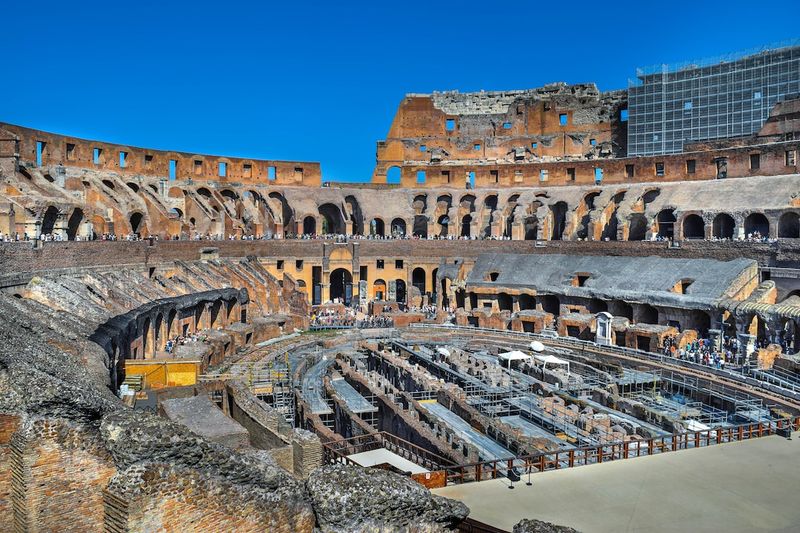Recreating Bonnie Prince Charlie’s Face: A Glimpse into History
A Fascinating Discovery at the University of Dundee
In a groundbreaking endeavor, a team at the University of Dundee’s Centre for Anatomy and Human Identification has successfully recreated the face of Bonnie Prince Charlie, a key figure in the Jacobite Rising. Using cutting-edge forensic reconstruction techniques, the team has produced a lifelike replica of the prince’s face, which is said to be the most accurate rendition to date.
The Jacobite Rising, which took place in the 18th century, was a significant event in Scottish history. Bonnie Prince Charlie, also known as Charles Edward Stuart, led the Jacobite forces in an attempt to regain the British throne for the exiled Stuart dynasty. The prince’s charisma and determination made him a legendary figure, and his story has captivated historians and romantics alike.
Unveiling the Most Lifelike Replication
The team at the University of Dundee’s Centre for Anatomy and Human Identification utilized death masks, a tool commonly used in forensics, to recreate Bonnie Prince Charlie’s face. Death masks are plaster casts made from a deceased person’s face, often used to preserve their likeness for historical purposes.
By carefully studying existing death masks and historical records, the team was able to create a detailed and accurate representation of the prince’s facial features. This meticulous attention to detail has resulted in what is being hailed as the most lifelike replica of Bonnie Prince Charlie’s face yet.
The Historical Significance of Bonnie Prince Charlie
Bonnie Prince Charlie played a pivotal role in the Jacobite Rising, leading the charge against the Hanoverian forces and garnering support from Highland clans. His audacious attempts to reclaim the throne and his eventual defeat at the Battle of Culloden have become part of Scottish folklore.
The recreation of Bonnie Prince Charlie’s face provides us with a tangible connection to history. It allows us to visualize the features of a man whose actions shaped the course of a nation. Such reconstructions not only pique our curiosity but also encourage contemplation about the past and its impact on the present.
Philosophical Implications of Facial Reconstruction
Facial reconstructions, such as the one undertaken at the University of Dundee, raise intriguing philosophical questions. When we gaze upon the face of a historical figure, even one who lived centuries ago, their humanity becomes palpable. We are reminded that behind the annals of history lie individuals with emotions, aspirations, and complex lives.
Moreover, facial reconstructions prompt us to ponder the fleeting nature of memory. Historical events may fade from our collective consciousness over time, yet these physical replicas bring those events back to life, if only momentarily. They force us to confront our own mortality and the transient nature of our existence.
An Invitation to Reflect and Learn from the Past
The recreation of Bonnie Prince Charlie’s face is a valuable reminder of the significance of history in shaping our present reality. It urges us to delve deeper into the circumstances and motivations behind historical events, thereby enriching our understanding of the world in which we live.
As we gaze upon the lifelike replica of Bonnie Prince Charlie’s face, let us take this opportunity to reflect on the lessons we can learn from the past. History is replete with triumphs, tragedies, and everything in between. By studying it and seeking a nuanced understanding, we can gain valuable insights into human nature, society, and the consequences of our actions.
Let this remarkable forensic reconstruction serve as a catalyst for further exploration and examination of our shared history. In doing so, we can honor the memory of those who came before us and gain wisdom that may guide us toward a brighter future.

<< photo by Dmitry Bukhantsov >>
The image is for illustrative purposes only and does not depict the actual situation.
You might want to read !
- Editorial Exploration: The importance of Shankland to Hearts’ success and the consequences of losing him
Title: The Indispensable Shankland: Why Hearts’ Can’t Afford to Lose Their Talisman
- Exploring the Showdown: Live Updates of the Hearts vs Rosenborg Match
- Restoring the Spirit of Harlow: Revitalizing Signage for a Vibrant Community
- Theo Walcott: Exploring the Legacy of an Arsenal and England Legend
- Fighting for the Stars: Jermell Charlo’s Ambitious Quest to Challenge Canelo Alvarez
- The Rise of Wataru Endo: What Liverpool Could Gain from Signing Stuttgart’s Japanese Midfielder




